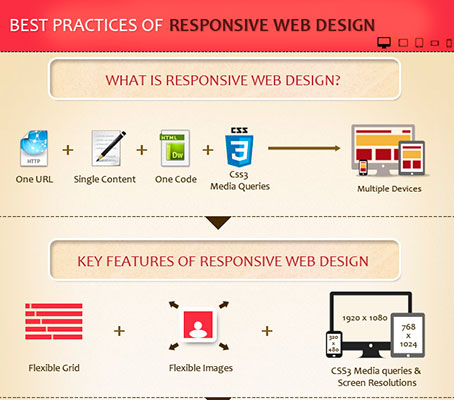Fascinated In Learning Exactly How Web Site Style Has Transformed Over The Years? Discover The Progression From Standard, Simple Designs To User-Centered Methods That Prioritize The Needs And Choices Of On-Line Visitors
Fascinated In Learning Exactly How Web Site Style Has Transformed Over The Years? Discover The Progression From Standard, Simple Designs To User-Centered Methods That Prioritize The Needs And Choices Of On-Line Visitors
Blog Article
Published By-Lamb Harding
In the past, web sites were basic and concentrated on details. Navigating was straight, and design was for desktops. Now, user experience is vital. Information overviews designs for very easy navigation. Receptive layouts suit various tools. Today, dark setting reduces pressure, and minimalist food selections improve navigating. Interactive features engage individuals, and vibrant visuals attract attention. AI integration improves engagement. See how layout has actually developed to improve your on-line trip.
Early Days of Web Design
In the very early days of web design, simpleness preponderated. Internet sites were basic, with restricted colors, font styles, and layouts. The emphasis was on giving information as opposed to flashy visuals. Customers accessed the web through slow-moving dial-up connections, so speed and functionality were essential.
Navigating menus were straightforward, usually located at the top or side of the web page. Web sites were designed for computer, as mobile browsing wasn't yet widespread. Web content was king, and designers focused on easy readability over complex layout elements.
HTML was the key coding language utilized, and designers had to function within its restrictions. Computer animations and interactive functions were very little compared to today's requirements. Sites were static, with little vibrant web content or tailored individual experiences.
Rise of User-Focused Design
With the advancement of website style, a shift towards user-focused layout principles has actually become progressively prominent. Today, producing internet sites that focus on individual experience is critical for engaging site visitors and accomplishing organization goals. User-focused design entails comprehending the requirements, preferences, and habits of your target market to tailor the site's format, content, and features appropriately.
Designers now conduct extensive study, such as customer surveys and use screening, to collect understandings and feedback straight from individuals. This data-driven technique helps in creating instinctive navigation, clear calls-to-action, and aesthetically appealing user interfaces that reverberate with visitors. By placing the individual at the facility of the layout procedure, web sites can supply an extra tailored and satisfying experience.
Receptive style has actually additionally emerged as a crucial facet of user-focused design, guaranteeing that web sites are enhanced for different tools and display sizes. This flexibility improves availability and functionality, dealing with the varied methods customers communicate with websites today. Fundamentally, the increase of user-focused style represents a shift towards creating electronic experiences that focus on the demands and assumptions of the end user.
Modern Trends in Website Design
Discover the latest patterns forming web design today. search engine optimisation specialist is dark mode style, supplying a streamlined and contemporary appearance while decreasing eye pressure in low-light environments. Another essential trend is minimal navigation, simplifying menus and boosting customer experience by focusing on essential elements. Integrating Recommended Looking at -interactions, such as animated switches or scrolling effects, can create an extra appealing and interactive site. https://contentmarketingplatforms63950.nizarblog.com/30026857/thoroughly-select-a-digital-advertising-and-marketing-agency-for-your-service-by-considering-your-objectives-funds-and-experience-in-your-industry-find-out-more-to-achieve-success continues to be critical, guaranteeing smooth user experiences throughout various devices. Additionally, making use of bold typography and asymmetrical layouts can add aesthetic passion and draw attention to details material.
Incorporating AI modern technology, like chatbots for consumer assistance or personalized recommendations, boosts customer involvement and improves procedures. Ease of access has likewise come to be a substantial pattern, with developers focusing on inclusive style methods to cater to diverse individual requirements. Accepting sustainability by optimizing site performance for speed and performance is an additional arising trend in web design. Working together with user comments and information analytics to iterate and boost style continually is vital for remaining relevant in the ever-evolving electronic landscape. By welcoming these contemporary fads, you can create an aesthetically appealing, straightforward site that resonates with your target market.
Verdict
As you assess the evolution of web site design from the early days to currently, you can see how user-focused layout has actually become the driving pressure behind contemporary fads.
Accept the journey of change and adjustment in web design, constantly maintaining the individual experience at the center.
Stay present with the most recent patterns and innovations, and never ever quit evolving your method to produce aesthetically spectacular and straightforward sites.
Advance, adjust, and develop - the future of website design remains in your hands.
